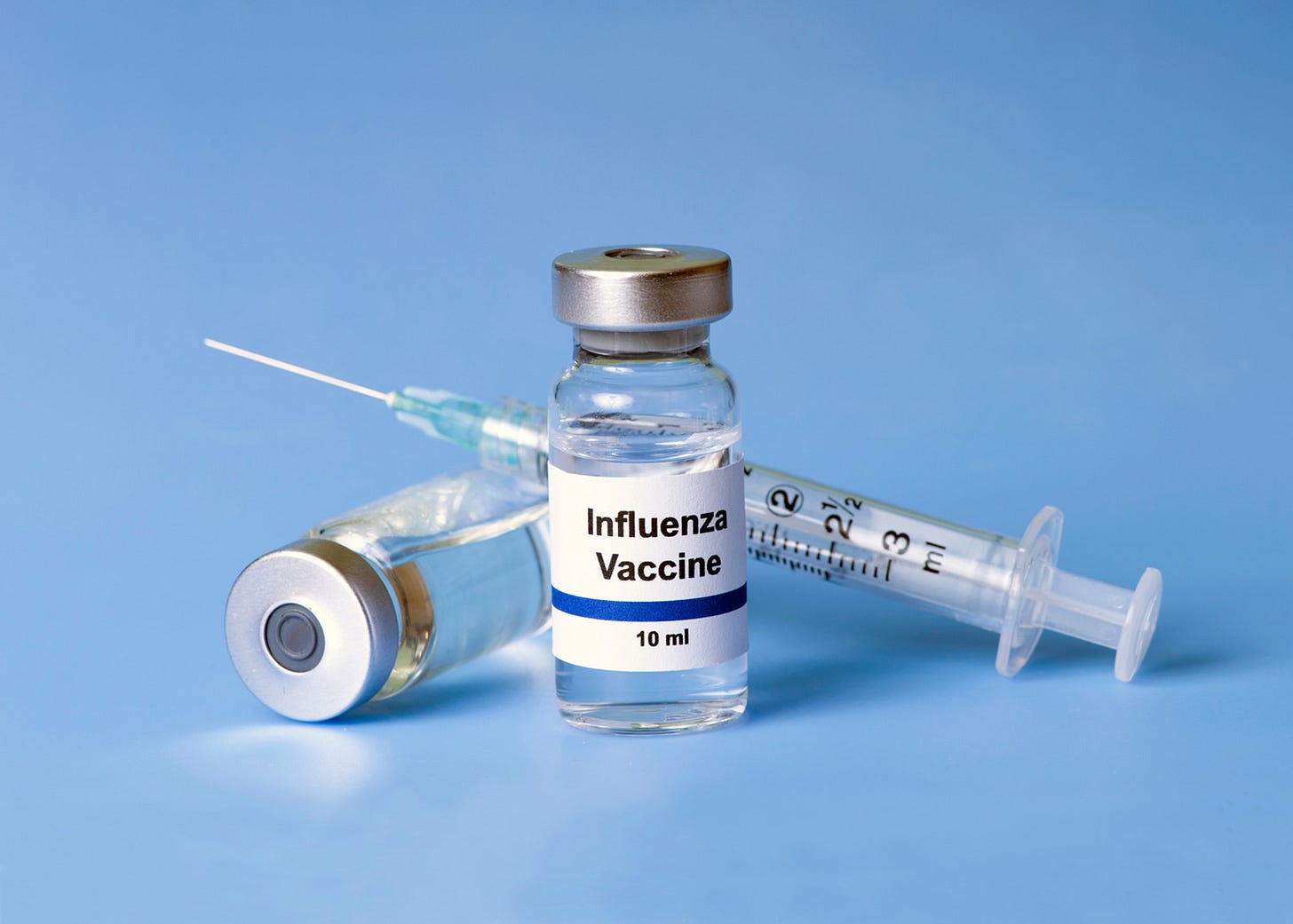Flu Shot Paradox: Unpacking a 27% Higher Risk in the 2024-2025 Season
A Cleveland Clinic Study Sparks Debate on Vaccine Effectiveness Amid a Complex Influenza Landscape
The 2024-2025 flu season has brought with it a wave of discussion following the release of a preprint study from the Cleveland Clinic, which has raised eyebrows with its findings about this year’s influenza vaccine. The study, conducted among over 53,000 employees of the Cleveland Clinic Health System in Ohio, suggests that those who received the flu shot formulated for the current season experienced a 27% higher risk of contracting influenza compared to their unvaccinated counterparts. This translates to a vaccine effectiveness of negative 26.9%, a figure that has sparked both concern and skepticism across various circles. As the flu season progresses, this research, still awaiting peer review, offers a point of reflection on vaccine performance, public health strategies, and the complexities of interpreting early data.
The Cleveland Clinic study tracked its participants over a 25-week period starting October 1, 2024, a timeframe designed to capture the bulk of the respiratory viral season. Of the 53,402 employees included, 82.1%—or 43,857 individuals—had received the flu vaccine by the study’s end. Among all participants, 1,079 tested positive for influenza, representing a 2.02% infection rate across the cohort. What stands out in the data is the observation that the cumulative incidence of flu rose more rapidly among the vaccinated group than the unvaccinated as the season unfolded. After adjusting for factors like age, sex, job type, employment location, and even eagerness to get vaccinated, the researchers calculated a hazard ratio of 1.27, indicating that vaccinated individuals were statistically more likely to get sick with the flu.
Keep reading with a 7-day free trial
Subscribe to Chester Tam Substack to keep reading this post and get 7 days of free access to the full post archives.




